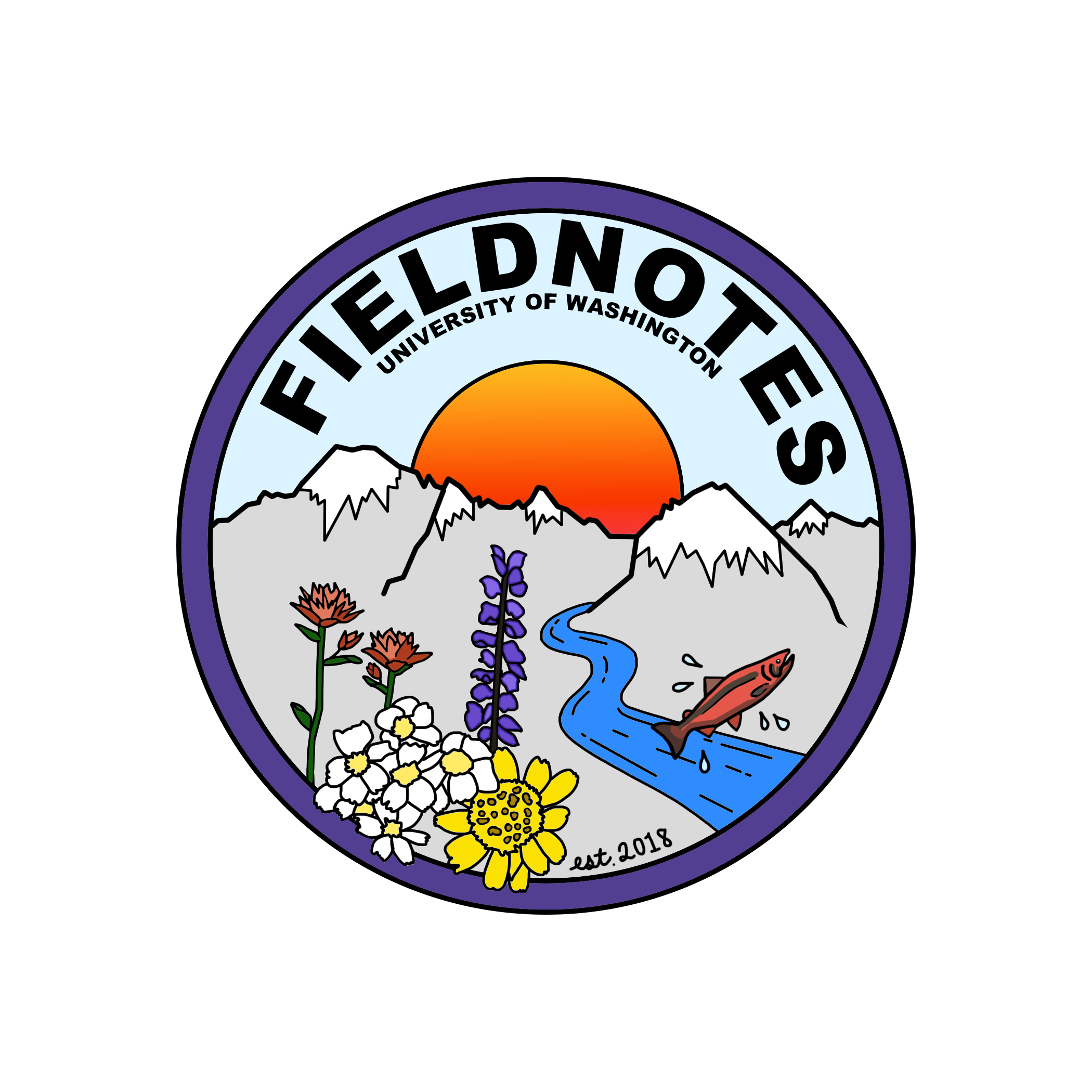From Landfill to Landscape
By Lauren Greenleaf, Biology ‘23
Strolling through the Union Bay Natural Area you can expect to see native birds, a diversity of small animals, and numerous signs delineating scientific research areas. What you may not anticipate, though, is that this was formerly the City of Seattle dump. When the Montlake Cut was built, it lowered the level of Lake Washington, creating an extensive marshland. From 1926 to 1966, individuals and companies alike often dumped their garbage into this area with little regulation or oversight. The area was covered in a layer of clay and dirt when the dump closed, and in 1967 the UW Arboretum Committee started surveying these severely degraded lands with the hopes of restoring them. Thus began the continuing study into how we reclaim and restore lands on this living laboratory.
When converting an old dump site into a fully functional natural area, you can’t just cover the trash, plant a few trees, and call it good. Regular maintenance and intervention is required to allow the many native species in the Union Bay Natural Area to thrive.
Photo credit: Shutterstock
This area is an excellent example of what is possible when people come together to restore severely degraded landscapes and also can motivate action to prevent impacts in the first place. Now, there are numerous ecological surveys and research projects in full swing all around the Union Bay Natural Area. These include rebuilding heron habitat and engaging in different strategies to restore damaged ecosystems. Restoration projects attract people from all over Seattle to come and enjoy views of Lake Washington while they walk the many nature paths crisscrossing the Union Bay Natural Area. Our planet is covered in scars, but people here at the University of Washington and all over the world are looking at sites like the Union Bay Natural Area and considering ways to regenerate the land that benefits the natural communities that once called these places home.

